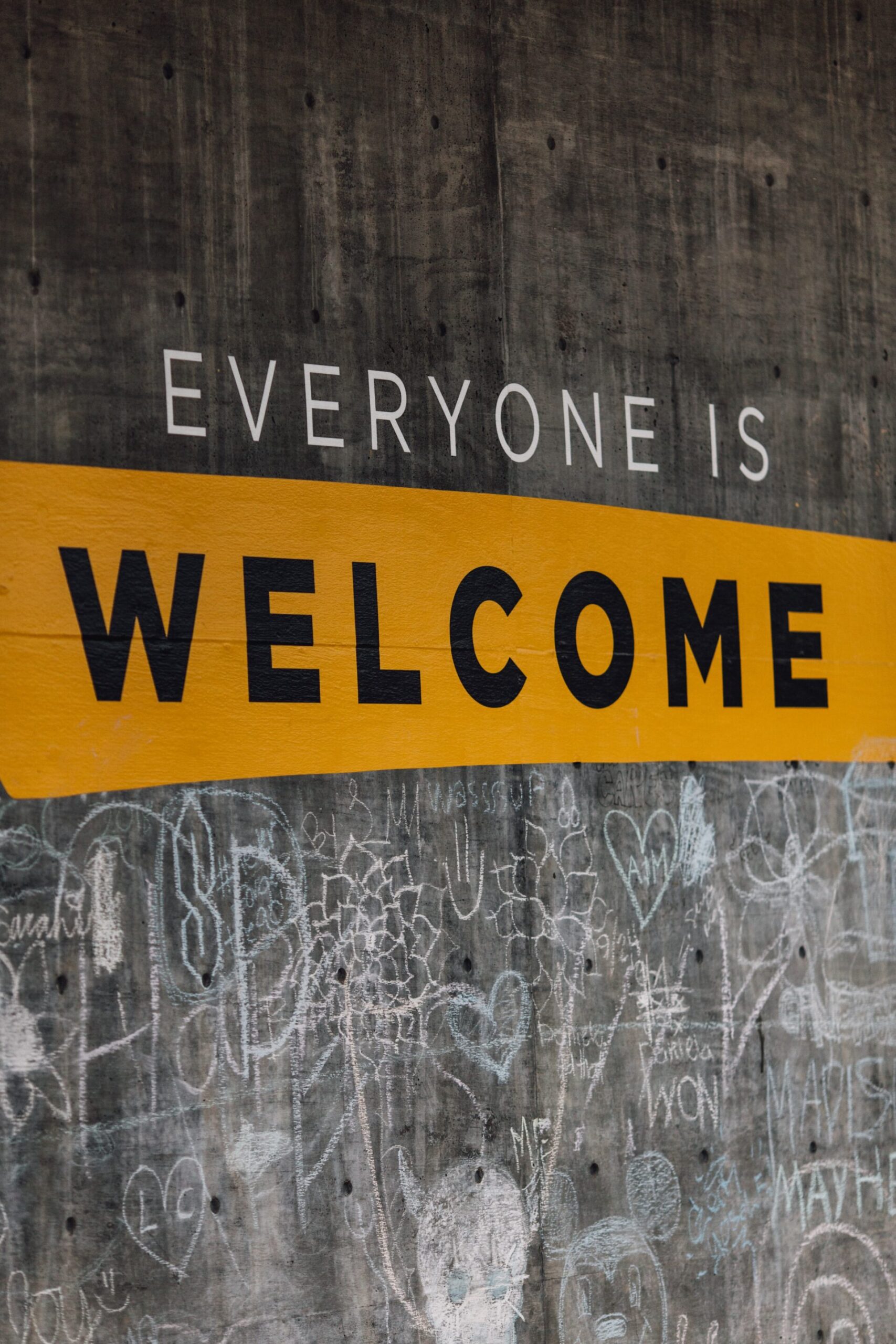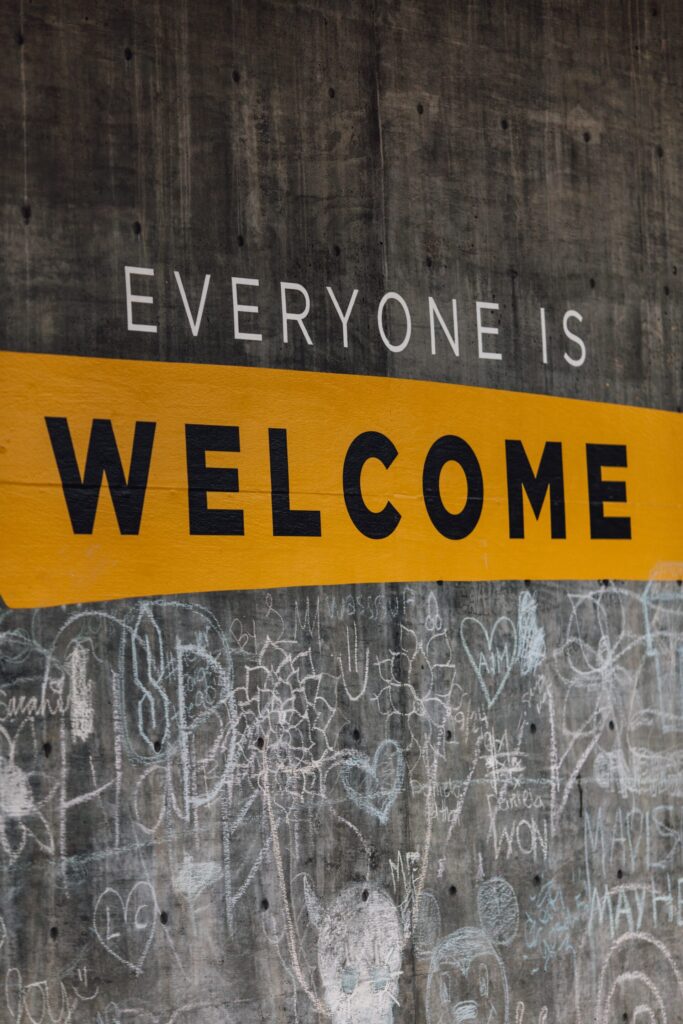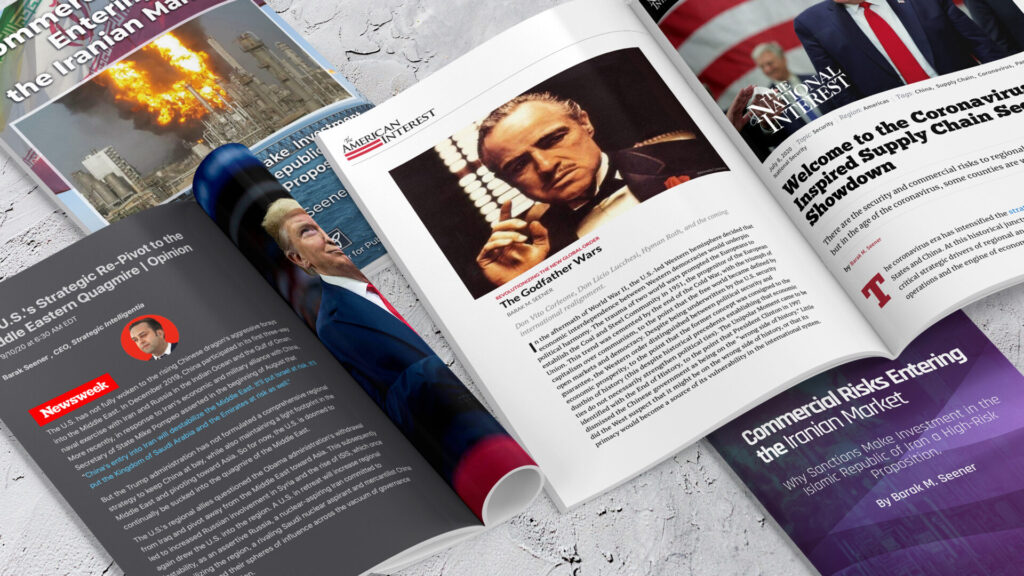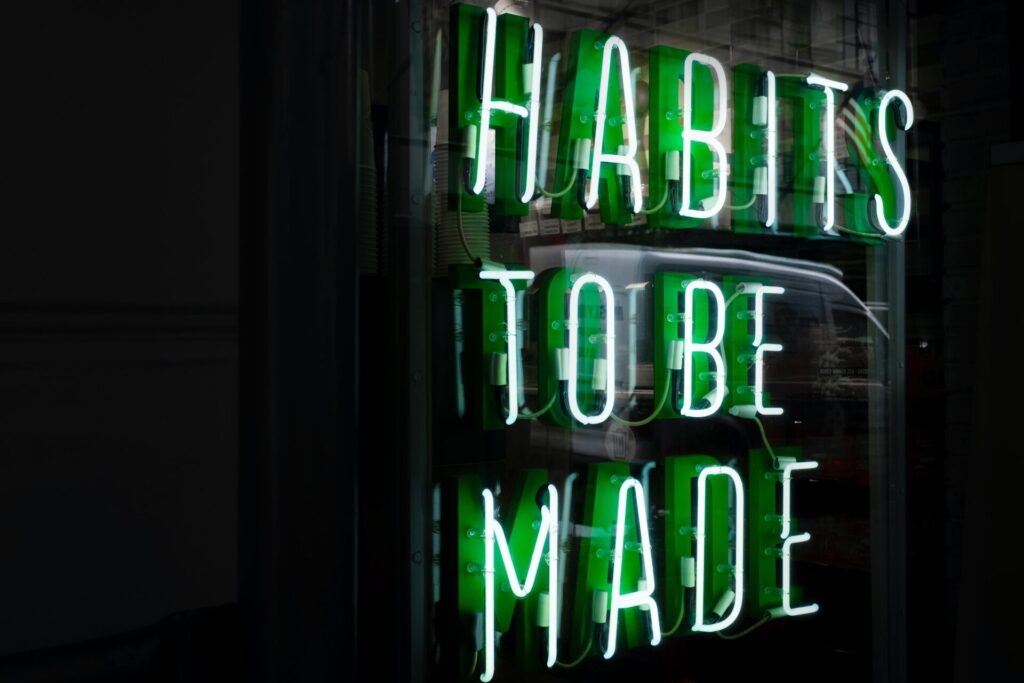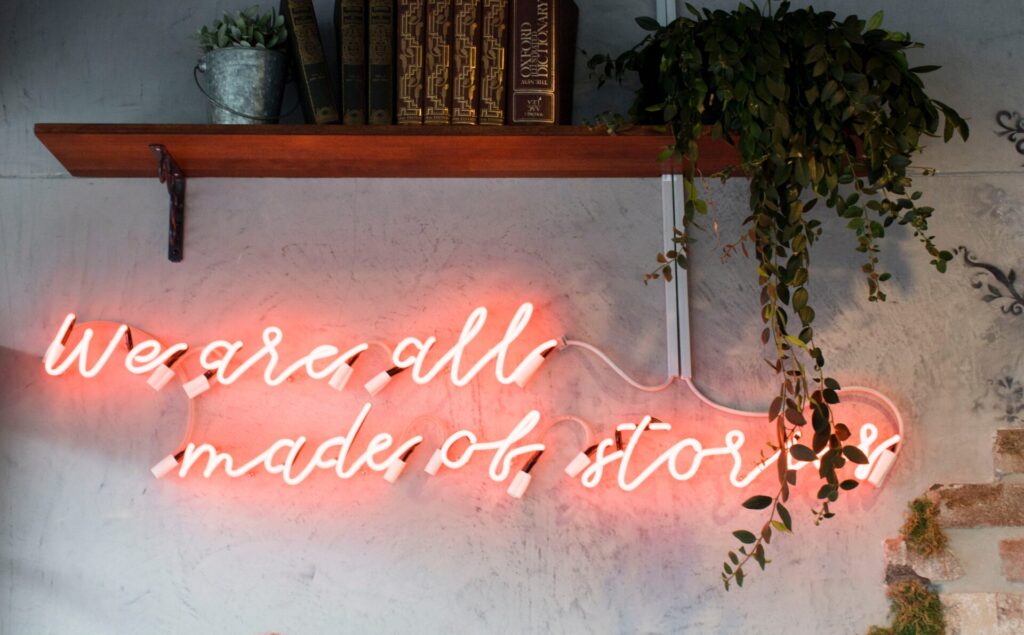We recently shared the findings of a Diversity and Inclusion report on our social media which ranked GAP USA in the top position for adhering to the symbols of a modern and progressive workplace. As important and significant as this recognition is, measurable progress in increasing workplace diversity remains universally slow. There is no question about it, diverse teams lead to better results. Diversity brings perspective. A diverse team is less likely to lead to groupthink – a trap door to systemic dysfunction. But why do so many leadership roles (or all roles) still look and think the same? How can we help by creating more inclusive workplaces?
We all come into the world the same way but through lived experiences over time, we bring so many unique identities into the workplace – biases, blind spots, struggles, stereotypes and customs shaped by cultures. Until recently, we have experienced a compartmentalized existence, where the work self is firmly separated from the life self – as we have been told to do. However, what this has created is an unaccepting atmosphere at work. People are not granted the right to be, well, people.
Where does this fundamentally come from? Fear and inexperience – which are pretty interchangeable. The fear of the unknown and a lacking field of vision. What can we do to allow people to bring their whole selves into the workplace without the threat of being penalized?
Ask questions. Ask the questions about what you don’t know. Asking questions is the gift that changes cultures – when we allow ourselves to express and explore what we don’t know, we gain in knowledge and power to say the right things and make the right decisions.
The world throws barriers at us all the time. Support networks at work are essential for making people feel comfortable. It’s not about going from 0 to 100 in a day; even starting small has a big impact. Someone just asking that question, is powerful enough to make another person feel included and that they have a place to belong. When we know there won’t be a negative consequence for who we are, we have psychological safety, which then leads to more productivity and a greater want for results, both on a personal and company level.
Diversity and Inclusion
Another strand in the diversity and inclusion debate is the hiring process. The C-suite level has been under fire for being highly homogenous and unchanging in this regard. But there are more than enough capable people from diverse backgrounds, who are eminently qualified to contribute to leadership roles with their unique skills mix. There are so many people who have lost out on opportunities that they should have won simply because of how they look. It doesn’t matter what diversity background they have, it’s about making sure you have the right processes in place. It’s not just tick-boxing, it’s about whether the abilities and the role are in sync. Gender, race and inequality, these issues are inescapable now. Women are now talking about having to elbow their way through a world full of men to reach the roles they are fully qualified to do – these are all signs and symbols of incredible change. The world has chosen to not make it just a moment in time, it’s a true turning point now.
For change in a workplace to be effective though, you need to have the kind of leadership which makes diversity and inclusion a priority. Infrastructure like policies and processes are essential because they create the framework for employees to know their rights and entitlements. As far as a company’s culture, the guidelines are typically made clear from the outset. What we struggle with, is the invisible cultures. It’s about every interaction every individual has everyday in and around the workplace. We all live by invisible rules, which need to be made visible by a process of learning and leading from each other. Where problems persist, organizations need to take serous action on serious matters. There must be zero tolerance on sexism and racism. A verbal warning is not enough. Attach accountability to infractions by way of affecting remuneration, as an example – that is a huge motivator and catalyst for effective change.
What’s encouraging is that there is a heightened interest in continuing the conversation on diversity, especially as trends and what people need and want is always evolving. We have to keep at it. Not everything will work, even if the best intentions are behind it. If you are implementing policies and changes that are ostensibly progressive but aren’t yielding results, such as mentoring female employees, it’s time to unpack and pull a part the systems or get the experts like us in to give you that 360° view that you may not be seeing, through our comprehensive company-wide audit, where we speak and listen to each individual, look at your processes, goals and outcomes. Sometimes you can’t see the glaring writing on the wall if you’re too close to the wall! What may have worked and served you well in the past, may be prohibiting you from moving forward. There’s this idea that ‘if it ain’t broke, don’t fix it’ but sometimes you don’t know what you don’t know. We will deeply analyze your processes – how do you handle your recruitment process for example? – and assess where they are inclusive and where they are open to bias. We want to challenge your processes and test your assumptions. We learn better when we do that.
To cut us all some slack, diversity and inclusion isn’t an area that is innate to all of us. Unless you have had an experience that forced you into rapidly acquiring this kind of knowledge, we are wired to homogenous patterns. Stepping into environments with such variety and difference takes a lot of skill to adapt to and accept. But the key is to be open to understand how and why we are all in the positions we are in. And the connection between understanding where your privilege lies and how you use it, is what will keep this agenda going.
Building diversity at work, is a work in progress – as we all are.
To find out more on how we can work with you to build diversity in your team, contact our team!


